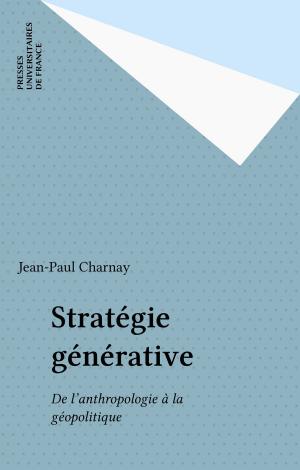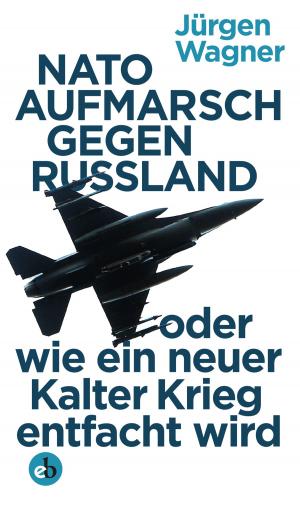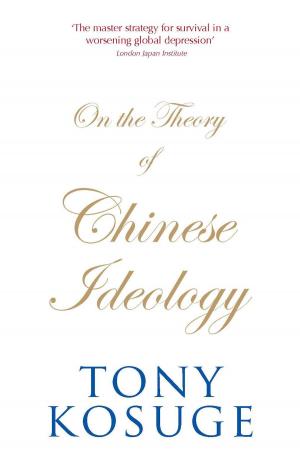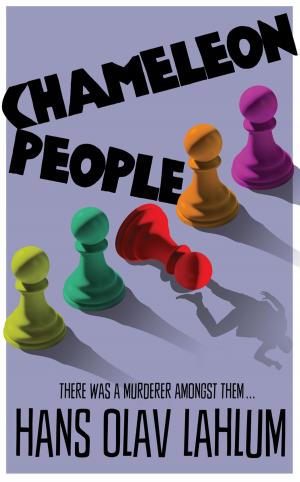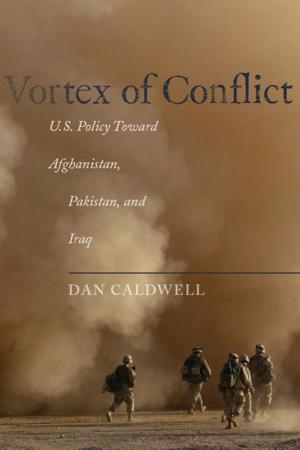East-West Trade Trends
Mutual Defense Assistance Control Act of 1951 (the Battle Act); Fourth Report to Congress, Second Half of 1953
Nonfiction, History, Eastern Europe, European General, Social & Cultural Studies, Political Science, International| Author: | Harold E. Stassen | ISBN: | 1230000291225 |
| Publisher: | U. S. GOVERNMENT PRINTING OFFICE | Publication: | January 13, 2015 |
| Imprint: | Language: | English |
| Author: | Harold E. Stassen |
| ISBN: | 1230000291225 |
| Publisher: | U. S. GOVERNMENT PRINTING OFFICE |
| Publication: | January 13, 2015 |
| Imprint: | |
| Language: | English |
Example in this ebook
Note on “Strategic” and “Nonstrategic”
To help protect the security of the free world, the United States and certain other countries have been working together for more than four years to withhold strategic goods from the Soviet bloc.
But how can you tell strategic goods from nonstrategic goods? A good many people have asked that question. It is a reasonable question and it deserves a nontechnical answer.
The answer is that strategic goods, as understood in the day-to-day operations of the program, are those goods which would make a significant contribution to the warmaking power of the Soviet bloc.
This is a practical guide to action. There is no rigid definition that holds good for all times, places, and circumstances. All strategic goods don’t have the same degree of strategicness. The free countries have embargoed some, merely limited others in quantity, and kept still other items under surveillance so that controls could be imposed if necessary. Even the same item may vary in strategic importance, depending on the destination, the changing supply situation behind the Iron Curtain, and other circumstances which may change from time to time. Whether an item includes advanced technology is an important consideration. In specific cases, two experts of equal competence may disagree on these things. Two agencies of government, differing in function, may bring different points of view to a given problem. The same is true of governments.
Since there is no distinctly visible boundary between “strategic” and “nonstrategic,” some people insist there is no such thing as a nonstrategic item at all. It is true that even bicycles, typewriters, or ordinary hardware may help the other fellow by strengthening his general economy. And these people argue that anything that contributes to the general economy helps in a military way, too.
That is a correct concept in actual warfare but it is not an acceptable concept of “strategic” in the present situation, for trade on certain terms can help the free nations too. They carry on two-way trade with the Soviet bloc for concrete commercial benefits. The problem is to gain those benefits without permitting the Kremlin to accelerate the growth of military power or to divide the free world.
In rating items as strategic or nonstrategic, it is clear that there are innumerable commodities, used entirely or mainly for civilian purposes, which would not make a clearly significant contribution to war potential. No one would have trouble drawing a line between a jet plane and a suit of clothing, to take an extreme example. Few would have difficulty putting cobalt on one side of the line and butter on the other. As for the border area where it is less clear what contribution an item would make, the allied governments put their heads together, pool their facts, and try to arrive at mutually acceptable judgments.
As President Eisenhower has said, “Unity among free nations is our only hope for survival in the face of the worldwide Soviet conspiracy backed by the weight of Soviet military power.”
To be continue in this ebook
Example in this ebook
Note on “Strategic” and “Nonstrategic”
To help protect the security of the free world, the United States and certain other countries have been working together for more than four years to withhold strategic goods from the Soviet bloc.
But how can you tell strategic goods from nonstrategic goods? A good many people have asked that question. It is a reasonable question and it deserves a nontechnical answer.
The answer is that strategic goods, as understood in the day-to-day operations of the program, are those goods which would make a significant contribution to the warmaking power of the Soviet bloc.
This is a practical guide to action. There is no rigid definition that holds good for all times, places, and circumstances. All strategic goods don’t have the same degree of strategicness. The free countries have embargoed some, merely limited others in quantity, and kept still other items under surveillance so that controls could be imposed if necessary. Even the same item may vary in strategic importance, depending on the destination, the changing supply situation behind the Iron Curtain, and other circumstances which may change from time to time. Whether an item includes advanced technology is an important consideration. In specific cases, two experts of equal competence may disagree on these things. Two agencies of government, differing in function, may bring different points of view to a given problem. The same is true of governments.
Since there is no distinctly visible boundary between “strategic” and “nonstrategic,” some people insist there is no such thing as a nonstrategic item at all. It is true that even bicycles, typewriters, or ordinary hardware may help the other fellow by strengthening his general economy. And these people argue that anything that contributes to the general economy helps in a military way, too.
That is a correct concept in actual warfare but it is not an acceptable concept of “strategic” in the present situation, for trade on certain terms can help the free nations too. They carry on two-way trade with the Soviet bloc for concrete commercial benefits. The problem is to gain those benefits without permitting the Kremlin to accelerate the growth of military power or to divide the free world.
In rating items as strategic or nonstrategic, it is clear that there are innumerable commodities, used entirely or mainly for civilian purposes, which would not make a clearly significant contribution to war potential. No one would have trouble drawing a line between a jet plane and a suit of clothing, to take an extreme example. Few would have difficulty putting cobalt on one side of the line and butter on the other. As for the border area where it is less clear what contribution an item would make, the allied governments put their heads together, pool their facts, and try to arrive at mutually acceptable judgments.
As President Eisenhower has said, “Unity among free nations is our only hope for survival in the face of the worldwide Soviet conspiracy backed by the weight of Soviet military power.”
To be continue in this ebook


